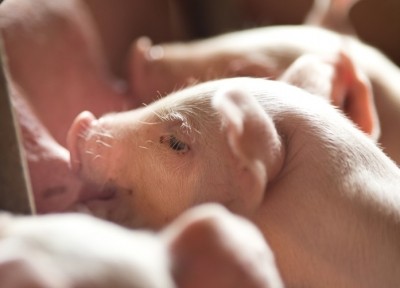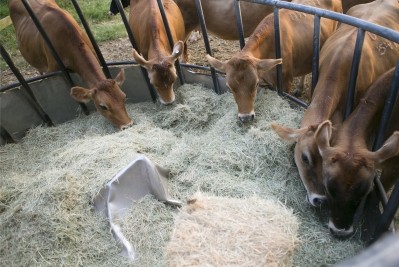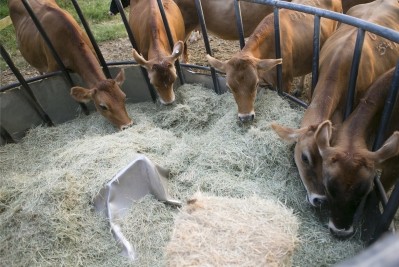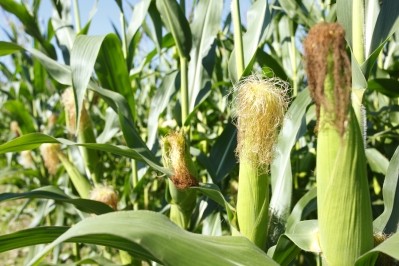US: Washington state dairy producers one target of new perennial forage
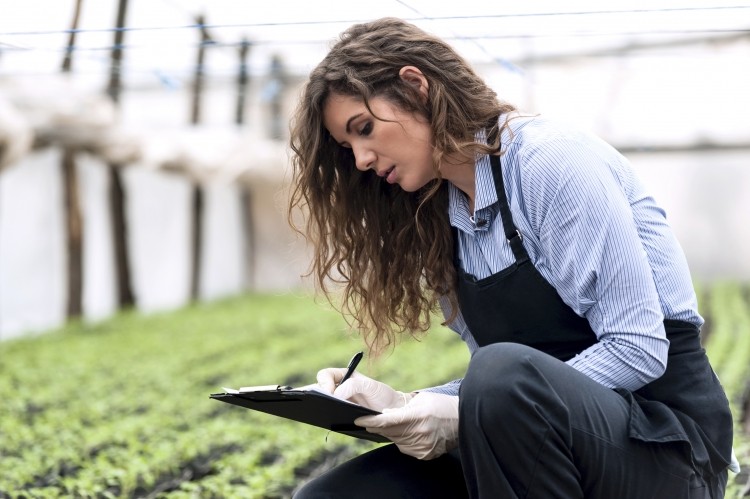
The group has created several stable hybrids using cross-bred varieties of wheat and wheat grass, said researcher Colin Curwen-McAdams. However, it is currently in the process of generating new crosses and improving the perennial nature of more regionally-adapted hybrids.
“There are lot of different ways to develop a perennial crop from wheat and they can look very different,” he told FeedNavigator. “It’s not going to complete with any traditional grain crop, initially, because the effort that’s been put into wheat or corn is substantial – but if there’s a regional need, it’s there.”
In November, the team published a paper outlining a way to name the type of plants being designed to allow for future research and correspondence in the field, he said.
“People have been trying to develop some kind of perennial crop for quite some time, but no one has bothered to try and give it a name,” he said. The ability to name a crop solidifies the discussion, he added.
‘Systems’ approach
The process to develop the hybrids sought to blend traits from both wheat strains and the perennial nature of wheat grass, said Curwen-McAdams.
However, the goal isn’t to develop a wheat that grows back, but a forage and grain product that could grow for two to three years.
“The goal for us is to be able to have a lot of conversations with growers and people who are going eat that grain or use that forage to make sure [of] the targets we’re selecting breeding-wise,” he said.
The group is working with regional farmers and producers to identify what aspects of a perennial grain plant would have the most to offer, he said.
All the work is being done through traditional plant breeding, he said. “I would like to work backwards from success rather than edit my way to it,” he added.
Feed uses
Several uses are being considered for the hybrid, said Curwen-McAdams. One goal would be that it could be used to provide a forage crop and grain depending on how it is harvested.
“Depending on the environment, a perennial grass would be growing year round, and there would be leafy green in the field post grain harvest,” he said. “Or [a producer] could graze animals, or early in the spring you get forage – it offers flexibility for people who aren’t strictly in the grain market.”
As the region has a number of dairy producers, developing a forage that would be a feed option for that industry was a consideration, he said.
“Some of these plants grow quite tall, so we started thinking about the forage of the crop,” said Curwen-McAdams. “We’re trying to find something for the dairy producers that they could grow instead of corn or in rotation with corn.”
In the future, the crop could offer potential as a rotational forage with a regional market, he said. “Both sides are of interest – the dairy producers are interested in the forage and those producing other crops are interested in grasses who want it to help their soil,” he added.
What’s in a name?
Although a crop like triticale also started as a hybrid it isn’t referred to in those terms, said Curwen-McAdams. “The biggest step forward is it’s not perennial wheat, and if we can start to think about it then it’s a new crop and it gets a new definition and we can imagine it in another system,” he added.
“Having a name makes it real – by saying ‘perennial wheat’ they think they know what I’m talking about, and it’s completely different from what I see in the field and from the wonderful potential of these species,” he said. “We end up limiting the conversation.”
Additionally, without a name it can be hard to expand the combinations, collaborate with other researchers or even classify the research, he said. “Without that name, if you look back at the old papers, it’s hard to tell what people did,” he added.
The research group has proposed that one strain be called nothospecies x Tritipyrum aaseae in reference to a former professor and cytogeneticist Hannah Aase.
What’s next?
Although the research team has been working on the project for several years and has developed several stable hybrids, more varieties are being established, said Curwen-McAdams. An additional goal is to have plants that fit in the Pacific Northwest region.
The current hybrids were initially developed for a different area and more work needs to be done on the perennial nature, he said. “We don’t have something that’s ready to release to growers, but we’ve learned a lot about what’s possible,” he added.
However, one of the stable lines is being grown in a larger trial to see how it performs in different commercial situations, he said. “We’re growing out and interested to see how people might use it and how they might respond to it,” he added.
“Now the goal is to make sure that during selection we’re selecting for the right environment,” said Curwen-McAdams.
However, a current priority in choosing strains also is to protect the perennial trait rather than grain production, he said.
“Eventually what needs to happen is there needs to be a basis of diversity established,” he said. “If you develop a few 1,000 then you can intercross them – the goal is to get to that point”
